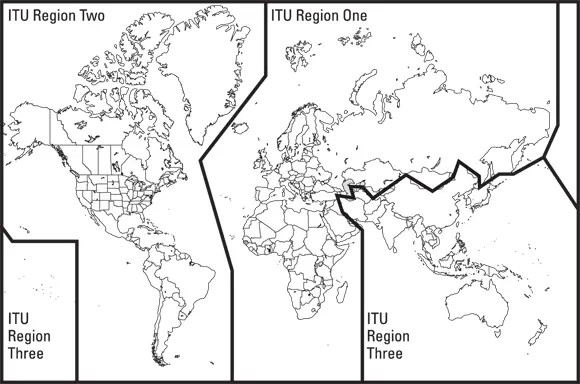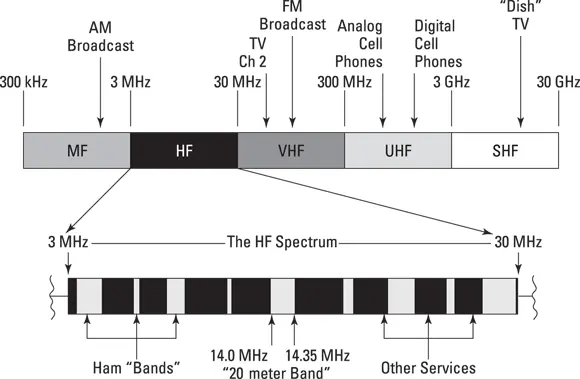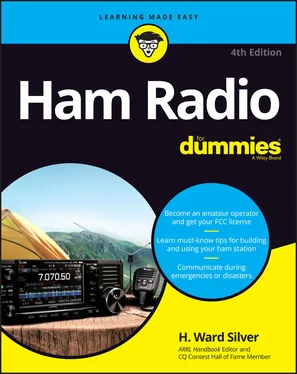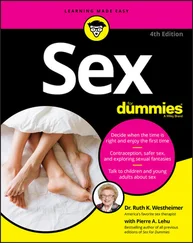Recognition of ham radio’s exceptional capability to provide emergency communications (Rule 97.1(a))
Promote the amateur’s proven ability to advance the state of the radio art (Rule 97.1(b))
Encourage amateurs to improve their technical and communications skills (Rule 97.1(c))
Expand the number of trained operators, technicians, and electronics experts (Rule 97.1(d))
Promote the amateur’s unique ability to enhance international goodwill (Rule 97.1(e))
Pretty heady stuff! Ham radio does all these good things in exchange for access to a lot of very useful radio spectrum. You can find all the pertinent rules at wireless at www.fcc.gov/wireless/bureau-divisions/technologies-systems-and-innovation-division/rules-regulations-title-47 ; click the Part 97 link for the amateur radio rules. (You can get to this page by searching for fcc rules, too.) Plain-English discussion of the rules is available in FCC Rules and Regulations for the Amateur Radio Service, published by the American Radio Relay League (ARRL; see Chapter 3). The ARRL website also includes an up-to-date copy of the Part 97 rules for amateur radio.
Ham radio frequency allocations
The International Telecommunication Union (ITU), part of the United Nations, provides a forum for countries to create and administer rules for the radio spectrum. This helps keep order between all the services around the world.
The ITU divides the spectrum into small ranges in which specific types of uses occur (see Figure 4-1). These ranges are frequency allocations, which hams call bands.
The world is divided into three regions, as follows:
Region 1: Europe, Africa, and Russia and North Asia
Region 2: North and South America
Region 3: South Asia, Australia, and most of the Pacific
Within each region, each type of radio service — amateur, military, commercial, and government — is allocated a share of the available frequencies. Luckily for amateurs, most of their allocations are the same in all three regions, so they can talk to one another directly.

FIGURE 4-1:ITU region map showing the world’s three administrative regions for telecommunication.
Figure 4-2 shows the high-frequency (HF) range frequencies (from 3 MHz to 30 MHz). This allocation is very important, particularly on the long-distance bands, where radio signals might propagate all the way around the Earth. Talking to someone in a foreign country is pretty difficult if you can’t both use the same frequency.

FIGURE 4-2:Hams are allocated “bands” of frequencies across the radio spectrum, such as the HF bands shown here.
 To get an idea of the complexity of the allocations, browse to the Region 2 allocation chart from the National Telecommunications and Information Administration (NTIA) at
To get an idea of the complexity of the allocations, browse to the Region 2 allocation chart from the National Telecommunications and Information Administration (NTIA) at www.ntia.doc.gov/files/ntia/publications/january_2016_spectrum:wall_chart.pdf . (If you have a PDF reader, you can download and display the chart in full color.) The individual colors represent different types of radio services. Each service has a small slice of the spectrum, including amateurs. (Can you find the amateur service on the chart? Hint: It’s green.)
Amateurs have small allocations at numerous places in the radio spectrum, and access to those frequencies depends on the class of license you hold (see the next section). The higher your license class, the more frequencies you can use. The “ham bands” are shown in charts you can download at www.arrl.org/graphical-frequency-allocations . The US ham bands are also subdivided by types of signals; I discuss that later.
Learning about Types of Licenses
Three types of licenses are being granted today: Technician, General, and Amateur Extra.
By taking progressively more challenging exams, you gain access to more frequencies and operating privileges, as shown in Table 4-1. After you pass the test for one level of license, called an element, you have permanent credit for it as long as you keep your license renewed. This system allows you to progress at your own pace. Your license is good for ten years and you can renew it without taking an exam.
TABLE 4-1Privileges by License Class
| License Class |
Privileges |
Notes |
| Technician |
All amateur privileges above 50 MHz; limited CW, Phone, and Data privileges below 30 MHz |
See the nearby Tip about possible FCC rules changes. |
| General |
Technician privileges plus most amateur HF privileges |
|
| Amateur Extra |
All amateur privileges |
Small exclusive sub-bands are added on 80, 40, 20, and 15 meters. |
 At the time this edition was prepared, the FCC was considering several “Rulemaking Petitions” to change how amateur signals were regulated and the frequencies available to Technician licensees. The ARRL and other popular websites will announce any changes, if they occur.
At the time this edition was prepared, the FCC was considering several “Rulemaking Petitions” to change how amateur signals were regulated and the frequencies available to Technician licensees. The ARRL and other popular websites will announce any changes, if they occur.
All hams start by obtaining a Technician class license, also known as a “Tech” license. A Technician licensee is allowed access to all ham bands with frequencies of 50 MHz or higher. These privileges include operation at the maximum legal power limit and using all types of communications. Tech licensees may also transmit using voice, code, and digital signals on part of the 10 meter band and Morse code on some of the HF bands below 30 MHz.
The Technician exam is 35 multiple-choice questions on regulations and technical radio topics. You have to get 26 or more correct to pass.
 Morse code, or “CW” for “continuous wave,” was once required for amateur operation below 30 MHz. At the time international treaties were adopted, code was used for a great deal of commercial and military radio traffic was — news, telegrams, ship-to-ship, and ship-to-shore messages. Emergency communications were often in Morse code, too. Back then, using Morse code was a standard radio skill. It’s still a very effective part of ham radio. Its efficient use of transmitted power and spectrum space, as well as its musicality and rhythm, make it very popular with hams. It’s easy and fun to use, too! Chapter 8tells you all about Morse code.
Morse code, or “CW” for “continuous wave,” was once required for amateur operation below 30 MHz. At the time international treaties were adopted, code was used for a great deal of commercial and military radio traffic was — news, telegrams, ship-to-ship, and ship-to-shore messages. Emergency communications were often in Morse code, too. Back then, using Morse code was a standard radio skill. It’s still a very effective part of ham radio. Its efficient use of transmitted power and spectrum space, as well as its musicality and rhythm, make it very popular with hams. It’s easy and fun to use, too! Chapter 8tells you all about Morse code.
After earning the entry-level Technician license, many hams immediately start getting ready to upgrade to a General class license. When you obtain a General class license, you’ve reached a great milestone. General class licensees have full privileges on nearly all amateur frequencies, with only small portions of some HF bands remaining off limits.
The General class exam, which includes 35 questions (you have to get 26 right to pass), covers some of the same topics as the Technician exam, but in more detail. The exam also introduces new topics that an experienced ham is expected to understand to operate on the traditional shortwave or HF bands.
Читать дальше



 To get an idea of the complexity of the allocations, browse to the Region 2 allocation chart from the National Telecommunications and Information Administration (NTIA) at
To get an idea of the complexity of the allocations, browse to the Region 2 allocation chart from the National Telecommunications and Information Administration (NTIA) at  At the time this edition was prepared, the FCC was considering several “Rulemaking Petitions” to change how amateur signals were regulated and the frequencies available to Technician licensees. The ARRL and other popular websites will announce any changes, if they occur.
At the time this edition was prepared, the FCC was considering several “Rulemaking Petitions” to change how amateur signals were regulated and the frequencies available to Technician licensees. The ARRL and other popular websites will announce any changes, if they occur.










